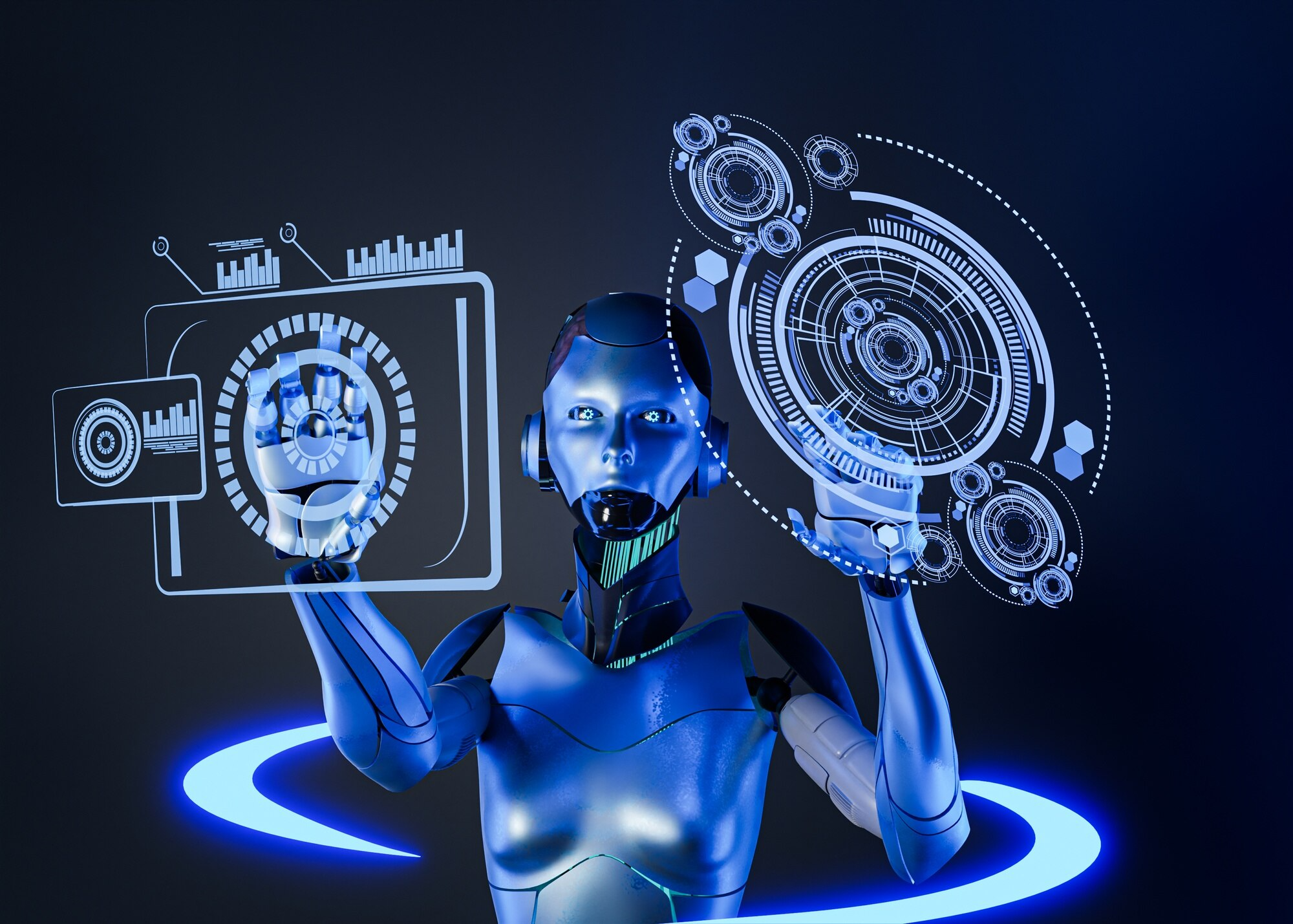
Data Services: Unifying Data with Machine Learning and Blockchain
Introduction
In the digital era, data is at the heart of business operations, but managing and securing it can be challenging. Organizations often find themselves dealing with vast amounts of unstructured data from multiple sources, leading to inconsistencies, security concerns, and inefficiencies. Fortunately, Machine Learning (ML) and Blockchain technologies are changing the way businesses manage, analyze, and secure their data. In this blog, we’ll explore how ML and blockchain are revolutionizing data services, ensuring that businesses can make the most out of their data while maintaining security and integrity.
Main Body
Machine Learning is a branch of Artificial Intelligence that allows systems to learn from data and improve over time. In the context of data services, ML algorithms can be applied to automate various data-related processes, such as data cleansing and data integration. This is a significant improvement over traditional methods, where manual intervention was often required to clean and prepare data for analysis. ML can quickly identify and correct inconsistencies, such as missing values or duplicate entries, ensuring that the data is accurate and ready for use.
One of the most powerful applications of ML in data services is its ability to extract meaningful insights from large datasets. With ML algorithms, businesses can uncover patterns and trends that would otherwise go unnoticed. For example, in retail, ML can analyze customer behavior data to predict purchasing trends, allowing businesses to optimize inventory and marketing strategies. In healthcare, ML can be used to analyze patient data to predict disease outbreaks or identify high-risk patients, enabling early intervention.
On the other hand, Blockchain technology offers a unique solution to the problem of data integrity and security. Blockchain is a decentralized, distributed ledger system that ensures data cannot be tampered with or altered without consensus from all parties involved. For businesses handling sensitive data, such as financial transactions, personal information, or intellectual property, blockchain offers a tamper-proof system to record and verify data in a secure, transparent way.
In data services, blockchain can be used to create secure and transparent data exchanges. For example, in the supply chain, blockchain allows businesses to track the movement of goods in a tamper-proof ledger, ensuring the authenticity of products and preventing fraud. In healthcare, blockchain can securely store patient records, allowing only authorized personnel to access the data while maintaining a transparent, auditable trail of interactions.
Real-World Applications
The combination of ML and blockchain is particularly powerful when it comes to data-driven decision-making. For example, ML models can be used to predict demand, while blockchain ensures the data used in these predictions is secure and trustworthy. In financial services, blockchain provides a secure method of recording transactions, while ML analyzes transaction data to detect fraud or identify potential risks.
Conclusion
In conclusion, the integration of Machine Learning and Blockchain into data services is a game-changer for businesses. Machine learning automates data processing, improves data quality, and provides valuable insights, while blockchain ensures data integrity and security. Together, these technologies offer businesses the tools they need to unlock the full potential of their data while protecting it from security threats. As both ML and blockchain continue to evolve, businesses that embrace these technologies will be better positioned to succeed in an increasingly data-driven world.
